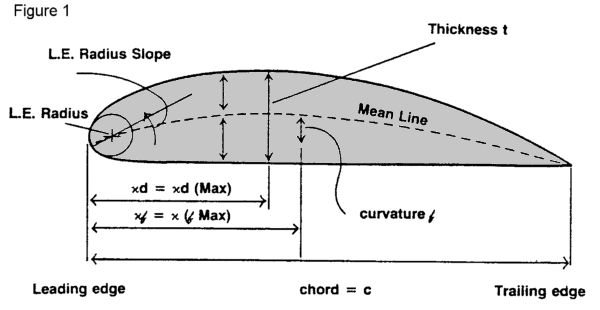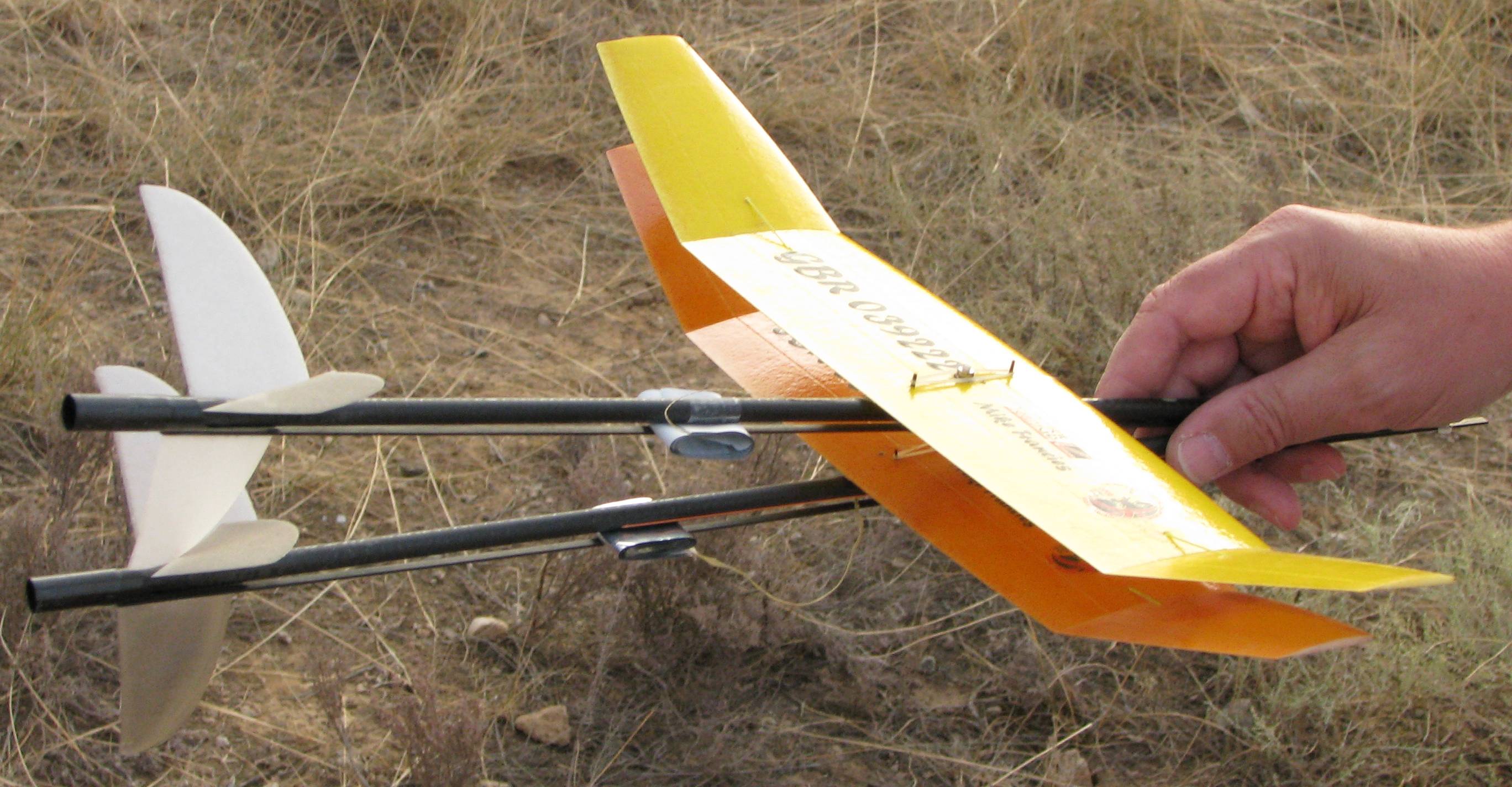

This “turning” of the air in the vicinity of the airfoil creates curved streamlines which results in lower pressure on one side and higher pressure on the other. Most foil shapes require a positive angle of attack to generate lift, but cambered airfoils can generate lift at zero angle of attack.

This force is known as aerodynamic force and can be resolved into two components: Lift and drag. When oriented at a suitable angle, the airfoil deflects the oncoming air, resulting in a force on the airfoil in the direction opposite to the deflection. The lift on an airfoil is primarily the result of its angle of attack and shape. Foils of similar function designed with water as the working fluid are called hydrofoils. Subsonic flight airfoils have a characteristic shape with a rounded leading edge, followed by a sharp trailing edge, often with asymmetric camber. The component parallel to the direction of motion is called drag. The component of this force perpendicular to the direction of motion is called lift. Though not strictly an airfoil, the dolphin fin obeys the same principles in a different fluid medium.Īn airfoil or aerofoil is the shape of a wing or blade (of a propeller, rotor, or turbine) or sail as seen in cross-section.Īn airfoil-shaped body moved through a fluid produces an aerodynamic force. On the basis of efficient global multi-objective optimization design platform, the synthetical optimization of high-speed and low-speed aerodynamic performance is conducted The multi-objective solution set of the Pareto frontier is verified and analyzed, and the optimal solution with well matched high and low speed performance is selected.Figure 1 – Examples of airfoils in nature and within various vehicles. The automatic generation of computational grid is achieved by the mesh deformation method based on RBF (Radial Basis Function) when the design variables change. The position of flap hinge, deflection angle of spoiler and deflection angle of flap are taken as design variables The Navier-Stokes equations are used to predict the aerodynamic forces of initial samples The Kriging based surrogate model is employed to establish the algebraic relation between design variables and aerodynamic forces at take off, landing and cruise, obtaining four efficient prediction models for aerodynamic forces Multi-objective optimization design with multi-objective genetic algorithm is conducted on the basis of surrogate models. With the application of Adaptive Dropped Hinge Flap mechanism, the low-speed take-off and landing performance and high-speed cruise performance of the aircraft is improved by coupling deflection of the flap and spoiler. Wangyi Zhou (周旺仪), Junqiang Bai (白俊强), Lei Qiao (乔磊), Yasong Qiu (邱亚松), Rui Liu (刘睿) and Guangchen Shen (沈广琛)Īiming at the synthetical optimization of the aerodynamic performance between the low-speed condition of two-dimensional high lift devices during take-off and landing phase and the high-speed condition of variable camber airfoil during cruise phase, an aerodynamic optimization design method for high lift device based on Kriging based surrogate model and multi-objective genetic algorithm has been developed.


 0 kommentar(er)
0 kommentar(er)
